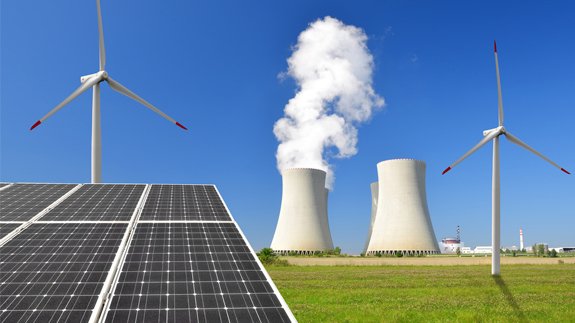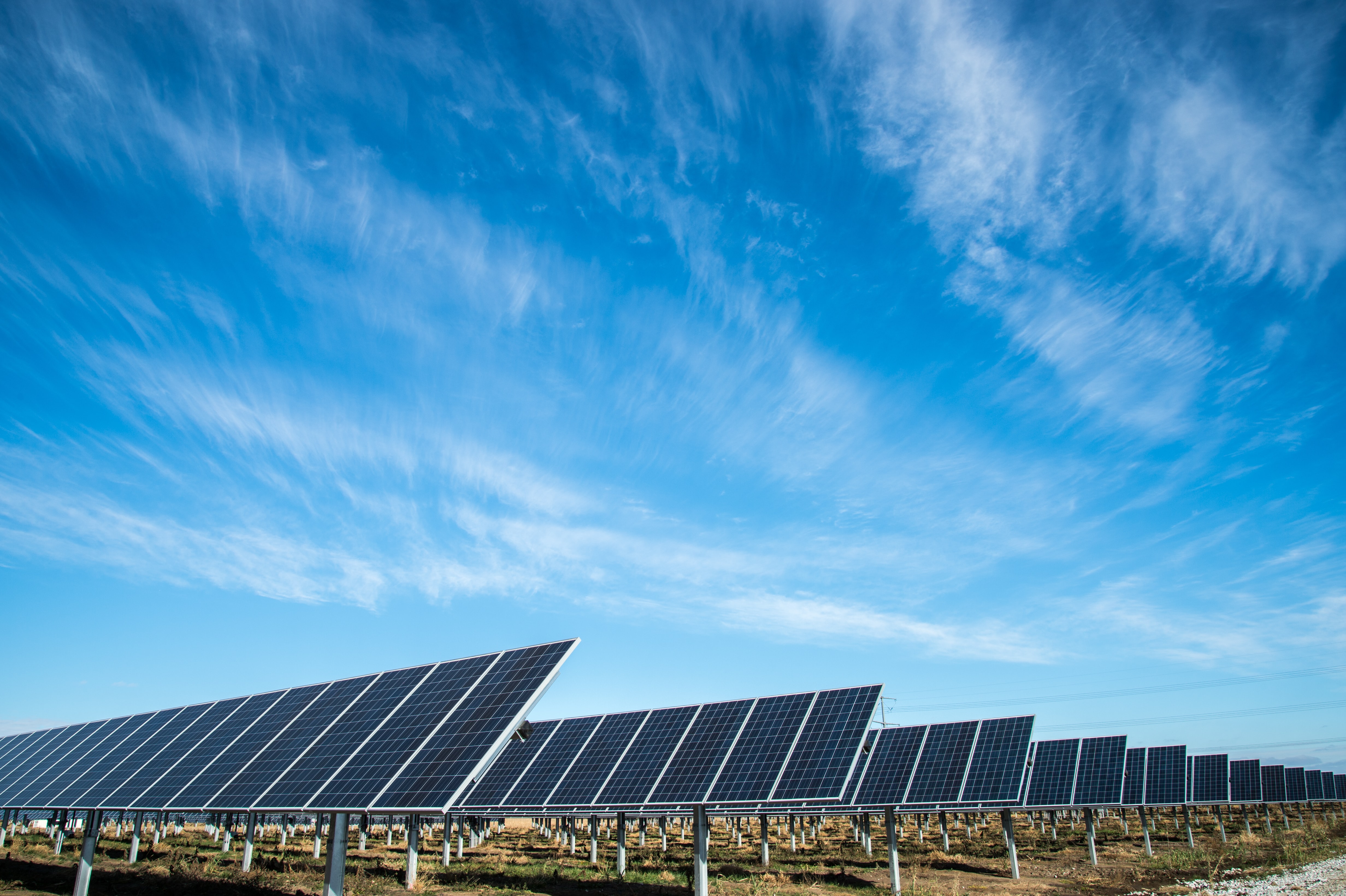According to the latest release of the PV Manufacturing & Technology report conducted by the PV Tech Market Research team, the solar PV industry produced more than 190GW of modules during 2021, as the industry went through its first major production-led supply cycle [1].
Technologies for the production of solar cells and panels are constantly developing and improving. Manufacturers and researchers are always looking for ways to increase the efficiency of solar panels, increase the amount of energy generated per unit area, improve their performance at various levels of illumination, temperature and increase resistance to environmental factors. Over the past 15 years, we have seen progress in the development of crystal solar cell technologies. In addition to improving the quality of manufacturing of solar cells, the technology of their production has also changed.
Last year, n-type technologies have been the other big news on the PV manufacturing side. Tunnel oxide passivated contact (TOPCon) has waited in the wings for the past few years, but major commitments from the biggest PV cell and module manufacturers, mean that major market growth for n-type is all but assured in the next few years. And initially, at least, TOPCon looks to be the more cost-effective of the two main n-type technologies, particularly for those manufacturers already operating large PERC manufacturing lines – which can be adapted to TOPCon [2].
The TOPCon concept was first introduced by the Fraunhofer ISE in 2014, but it did not receive significant distribution until 2019. Only after Jinko Solar and other large manufacturers began to use it, solar panels with an efficiency above 21% were obtained in mass production. But already these days, with most industry estimates suggesting that n-type will be the solar industry’s dominant technology by 2025.
Moreover, the newest TÜV Nord analysis asserts that n-type solar modules produced up to 5.26% more power than p-type counterparts delivering advantages to project LCOE and IRR [3]. The report, produced by technical advisory TÜV Nord on behalf of ‘Solar Module Super League’ member Jinko Solar, assesses the prospective benefits on levelised cost of electricity (LCOE) and internal rate of return (IRR) of n-type modules over p-type, concluding the former to have “great advantages” over the latter.
Beyond that, at the begging of November, the list of the most efficient solar panels in the world was updated with the new Jinko Solar’s next-generation n-type module called Tiger Neo. The new product has an efficiency of up to 22.3% and a maximum of 620watt output based on 182 wafers.
Obviously, Jinko Solar is now at the forefront of n-type mass production and its recent switch on an 8GW n-type module assembly facility in China will accelerate n-type to become mainstream offerings and pull the industry back to the fundamental properties of the substrate type and cell process flow.



© Copyright 2023, All right reserved by Failte Solar